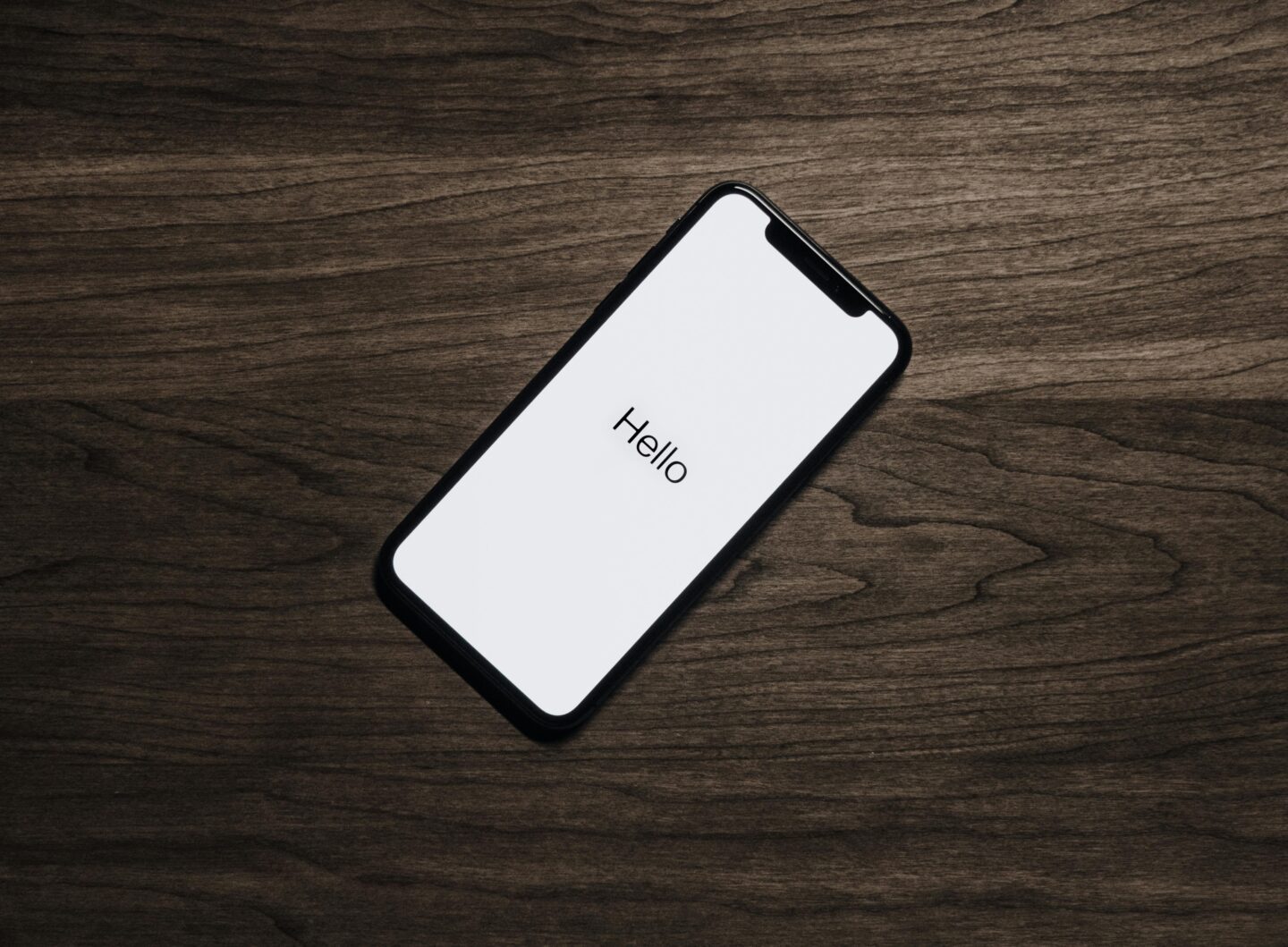As technology becomes a more prominent part of our daily lives, it’s easy to feel overwhelmed by constant notifications, social media updates, and endless screen time. While technology offers countless benefits, setting healthy boundaries is essential for your mental and physical well-being.
In this post, we’ll explore practical advice for teens on how to manage screen time, stay present in the real world, and practice digital detox. These tips will help you build healthier digital habits and maintain a positive balance between your online and offline worlds.
How CBT Helps Teens Manage Why Setting Boundaries with Technology Matters
Before diving into the tips, it’s important to understand why setting boundaries with technology is crucial for your well-being:
- Improves Mental Health: Excessive screen time, especially on social media, can lead to stress, anxiety, and feelings of inadequacy. Setting limits helps you take control of your digital life.
- Enhances Real-World Connections: Spending too much time online can interfere with in-person relationships. By setting boundaries, you can foster deeper connections with friends, family, and yourself.
- Boosts Productivity: Limiting distractions from your phone or other devices can help you focus on your studies, hobbies, and personal growth.
- Promotes Better Sleep: Reducing screen time before bed improves sleep quality, which is essential for mental clarity, emotional regulation, and overall health.
Tips for Setting Healthy Boundaries with Technology
Here are some practical tips for teens on how to manage their screen time and practice mindful technology use:
Create Screen-Free Zones and Times
Designate areas of your home or specific times during the day when you will be free from screens. For example, you can make your bedroom or dining area screen-free zones. You can also set a rule that no phones are allowed during meals or family time.
Set Daily Time Limits for Screen Use
One of the best ways to keep technology use in check is by limiting the time spent on your devices. Apps like Screen Time (iOS) or Digital Wellbeing (Android) can help track how much time you’re spending on your phone. You can set daily limits for different apps or activities, like social media or gaming.
Establish Phone-Free Zones and Activities
Create activities that require your full attention and do not involve screens. Engage in hobbies or spend time outdoors where you can connect with the world around you.
Practice Digital Detox Regularly
A digital detox means taking a break from all digital devices, whether for a few hours or a full day. This helps you recharge, reduce stress, and focus on other aspects of life.
Turn Off Non-Essential Notifications
Constant notifications can be a major distraction. Turn off notifications for apps that aren’t essential, like social media or games, so you can focus on more important tasks.
Use Technology to Enhance Your Well-Being
Not all screen time is harmful. Use technology to promote your mental and physical health. Download apps for meditation, mindfulness, or fitness, and limit your use of mindless scrolling.
Set a “No Screens Before Bed” Rule
The blue light emitted by screens can interfere with your sleep quality. Set a time in the evening, at least an hour before bed, to stop using screens. Instead, engage in relaxing activities like reading, journaling, or meditating.

How to Stay Present in the Real World
Staying present in the real world means being mindful of your surroundings and engaging with the people around you. Here’s how you can practice mindfulness while balancing technology use:
- Engage in Face-to-Face Conversations
Make time for meaningful, in-person conversations with friends and family. Put your phone down and actively listen to others, making them feel heard and appreciated. - Explore Offline Activities
Find hobbies and activities that don’t involve screens, like cooking, drawing, reading, or playing sports. These activities will help you take a break from technology and enrich your life with new experiences. - Practice Mindfulness and Meditation
Mindfulness exercises can help you stay present and reduce the impulse to constantly check your phone. Meditation apps like Calm or Headspace offer guided sessions to help you focus and relax.
Finding Balance with Technology
Technology doesn’t have to dominate your life. By setting boundaries, practicing digital detox, and staying present in the real world, you can strike a healthy balance between your digital and offline worlds. These simple tips will help you take control of your screen time and focus on what truly matters: your mental health, relationships, and personal growth.
Ready to take control of your screen time and set healthy boundaries?. Contact Midhues today to schedule an appointment with one of our compassionate therapists.





